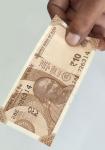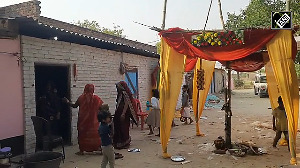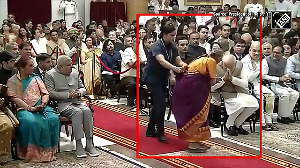Against this highly artificial but undeniably alluring backdrop Babe Didriksen was the ideal woman for her times.
"Whatta-Gal Didriksen", "Texas Tornado", "Terrific Tornado" shrieked the headlines. Unburdened by any false modesty, Didriksen agreed with them all.
The first name gave a clue. Mildred Didriksen were her given names, "Babe" was bestowed after the performances of Babe Ruth, the greatest baseballer of the time.
After a brief but outstanding basketball career, Didriksen's exhibition at the Olympic trials on July 4, 1932, fully justified the hype.
At the opening parade, Didriksen appeared as the sole representative of the Employers Casualty Insurance Company of Dallas. During the ensuing three hours she took part in eight of the 10 events and won six of them to finish, singlehanded, first in the team competition.
The University of Illinois, represented by 22 women, finished second.
Didriksen set world records in the 80 metres hurdles, javelin and high jump and, restricted by Olympic rules to three events, chose that trio for the Los Angeles Games.
At the Olympics, Didriksen won the hurdles in world record time, finished second in the high jump, in which she also bettered the previous world mark, and won the javelin.
UNPOPULAR
Didriksen was never popular with her opponents who resented a self-confidence they construed as arrogance.
Consequently there was little sympathy when she was barred from athletics before the end of the year for taking part in a car advertising campaign.
Didriksen neither needed nor courted sympathy. She travelled the vaudeville circuit, utilising her skills on the harmonica. She played baseball for the House of David team, conspicuous as the only player without a beard.
Then Didriksen re-invented herself again. She turned her attention to golf and became the best woman player in the world.
In 1946-7 she won 17 tournaments in a row and became the first American woman to win the British Amateur Open.
After an operation for cancer in 1953, Didriksen made a return to the circuit and won the 1954 U.S. Open by 12 strokes. However, the cancer returned and she died in 1956 at the age of 45.








 © 2025
© 2025